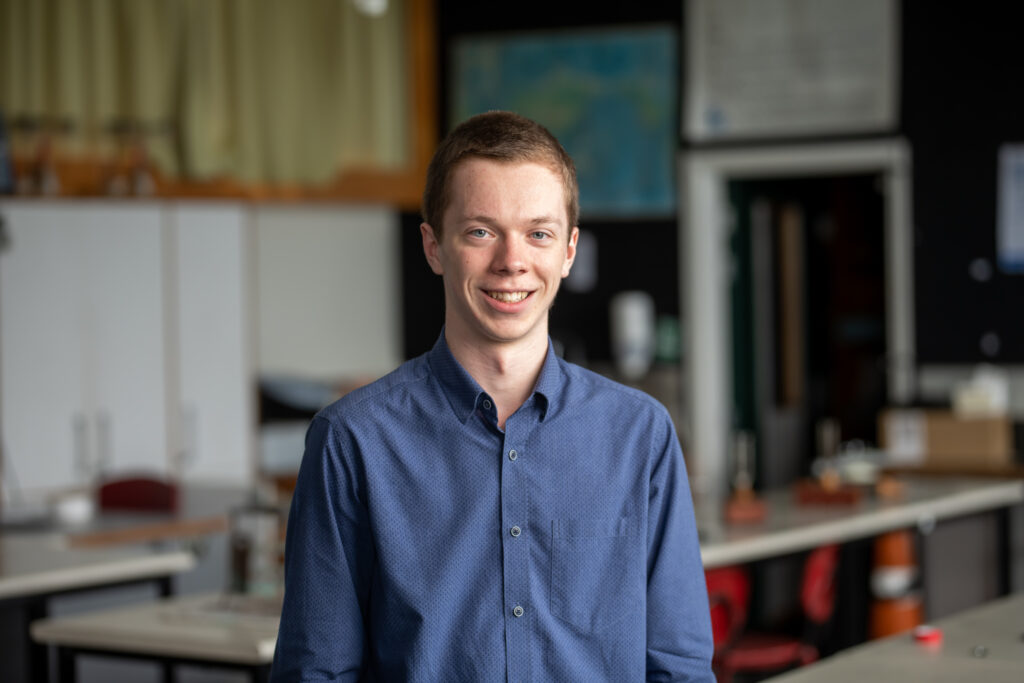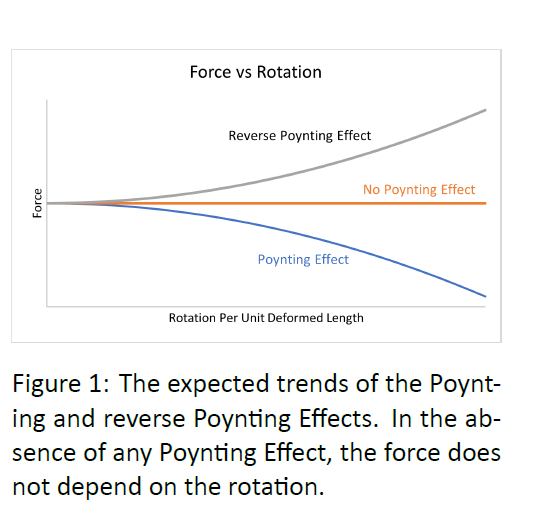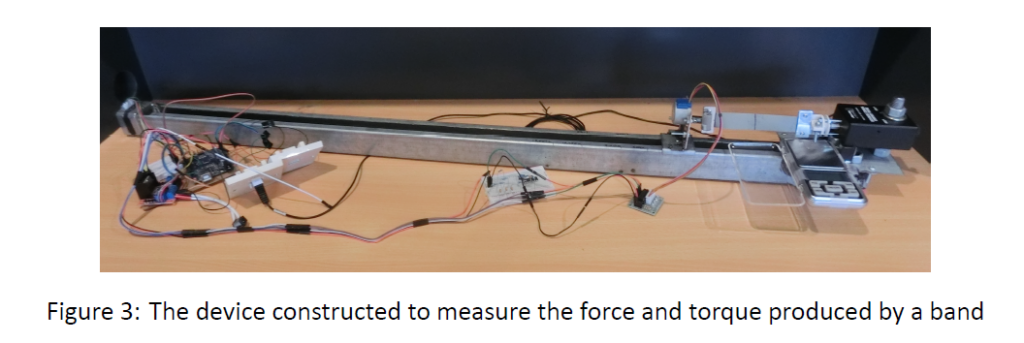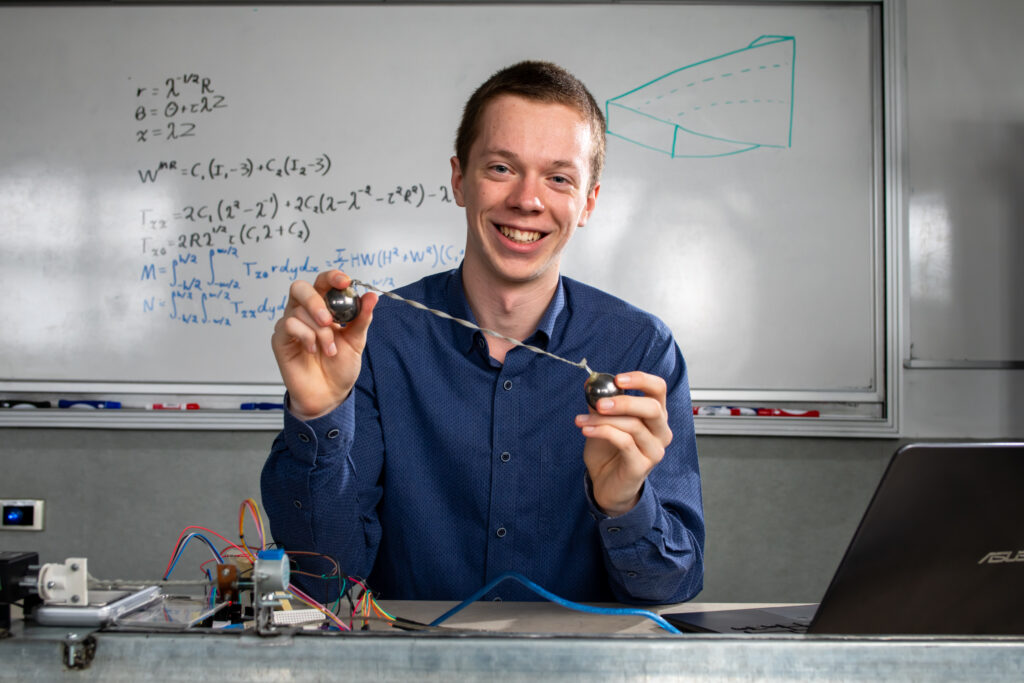2022 WINNER OF TE PUIAKI KAIPŪTAIAO ĀNAMATA THE FUTURE SCIENTIST PRIZE
Benjamin Smith has won the Prime Minister’s Te Puiaki Kaipūtaiao Ānamata Future Scientist Prize for his research into mathematically modelling the behaviour of twisted elastic bands. This knowledge can be applied to many types of structural engineering.
Read media release about Future Scientist winner Benjy Smith

Benjy finished his final year at Onslow College at the end of 2022 when he completed his project.
From a young age, Benjy has been inquisitive and had an interest in how things work. However, it wasn’t until secondary school that he developed a special passion for physics and mathematics and in 2022 was made captain of the New Zealand Young Physicists Team.
Benjy won this Prize for an investigation into the Applicability of Finite Strain Theory to Cuboid Rubber Bands. Benjy’s work has implications in several fields where elastic material under tension are modelled using Finite Strain Theory. This could have significant implications in applications where steel cables undergo stretching and twisting when loaded.
The coupling between extension and torsion in elastic materials was first observed by Poynting, hence is known as the Poynting Effect. The effect originally observed was the lengthening of wires when twisted under a constant force. To investigate the coupling, for force and torque produced, a number of elastic bands was measured at a variety of extensions and rotations.
Benjamin found two distinct trends separated by the experimental critical value at which the band transitions from a helical geometry to a tubular one. Further critical points occur where the band starts forming further instabilities. He concluded that the most likely cause for the force and torque deviating from the current model is the current inability to accurately predict the geometry of the band, accounting for the instabilities that occur.
Benjamin suggested several additional requirements for an improved model that can accurately predict the force and torque by observing multiple trends which are separated by critical rotations when the band stops being a helix and further instabilities start to form. The relationship in each stage becomes linear with a change in gradient and both Poynting and reverse Poynting effects occur with significant reverse Poynting effects observed at low extensions.
Benjy has had to delve deep into some very complex and niche fields. He needed to learn several advanced mathematical techniques such as practical differential calculus, matrix algebra, and other mathematical tools. He has also had to learn physics that is way beyond most Year 13 students.
His nominator Mr Kent Hogan, who is a mentor for the New Zealand Young Physicists, says “the most significant gains for Benjy have been in the learning of how to carry an in-depth investigation at this particular level. It was evident to me that Benjy had a gift for science and scientific research but his skills and abilities in these areas have grown over the years. Benjy has had to learn how to solve some very challenging and difficult mathematics, physics and engineering problems. The problem-solving skills he has developed are skills that he will be able to apply to a wide range of situations for the rest of his life and career”.
The Prime Minister’s Future Scientist selection panel were very impressed with the details of Benjy’s experimental design and consideration of multiple variables and also his statistical analysis.
Benjy has recently started at Te Herenga Waka — Victoria University of Wellington to study physics and computer science.





